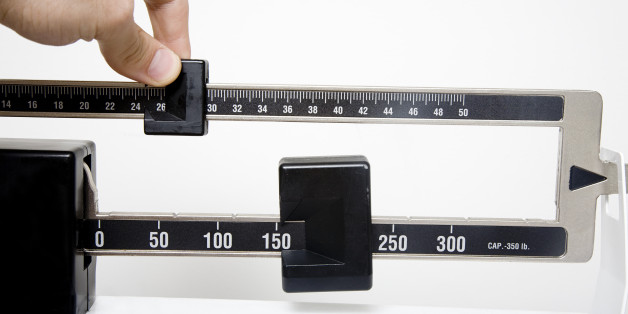Surgery for the Obese - Desperate Measures
The figures are in. The number of overweight Americans is a startling 55% of the population. And, eight million people in the country are morbidly obese.
Morbid obesity is very dangerous. People are considered morbidly obese when their weight reaches 100 pounds over their ideal body weight for their height, or their body mass index (BMI) is 40 or higher. What was originally thought as an over consumption and under activity problem, is now considered a disease caused by a number of different factors including inheritance, environmental, cultural, socioeconomic and psychological. Whatever the cause, morbid obesity can result in a number of health issues and can lead to premature death, with over 400,000 deaths a year attributed to this problem.
For some people diet and exercise just don't work. They try all of the latest fad diets and only seem to put back on what they may have lost, sometimes even more. These people who are morbidly obese are desperate. Desperate times call for desperate measures. This is where surgery comes to the rescue. Gastric bypass or bariatric surgical procedures are a lifesaver to many in this category. Modern advances in this operation have made it safer and more effective. New techniques also allow for laprascopic operations, which avoid large incisions in the abdomen. The cost is high, between $14,000-$50,000, but it is often covered by insurances. It is available to anyone with a BMI of 40 or more, or a BMI of 35 with medical complications as a result of obesity. A thorough psychological evaluation is required and those with eating disorders are not candidates.
There are three versions of bariatric surgery used. Two deal with reducing the stomach size, but do not interfere with the small intestine. These are gastric banding and vertical banded gastroplasty. The new smaller created stomach allows the patient to feel fuller quicker and thereby eat less. It also slows the time it takes for the food to empty from the stomach. In this case, the body absorbs all food eaten. Unfortunately, it is possible to eat more and more over a period of time and stretch the new stomach. Approximately 10% of the patients will out eat this procedure by following a high calorie diet. At this point, the patient will regain their weight.
The third bariatric surgery version, which is the most popular method, is called the Roux-en-Y procedure. This operation reduces the stomach size, narrows the passage between the stomach and the small intestine and bypasses a large section of the small intestine. The bypassed portion of the intestine is where the most breakdown and absorption of food occurs. This procedure produces the highest long-term success rates. It does, however, subject the patient to possible malabsorption, since this may result in nutritional deficiencies. A lack of calcium, iron or vitamin B2 can lead to osteoporosis and anemia; so nutritional supplements must be used to avoid this.
With all bariatric procedures there are risks that can occur such as blood clots, wound problems and even possible death. Fortunately the benefits of weight loss, such as, rapid reversal of type 2 diabetes, lower blood pressure, better cardiac function and blood lipid levels, correction of sleep breathing problems, improved life quality and lowered risk of premature death, will overshadow the risk of complications. But, success does not come with the surgery alone. Following eating and fitness guidelines are also necessary to maintain the positive results this operation produces.
-
Is Weight Loss Possible With Exercise Alone?
A controversial new camp
-
Create A Dazzling Silhouette With These Fabulous Weight Loss Tips
Lots of people struggle to lose weight. Because of all the info
-
The Bright Side Of Todays Advancement - Healthy Diet Recipe
There was a time when people really didnt take much notice of what the
-
Dieting -- The Monk Diet
When I was living as a Buddhist monk in the backwater jungles of Th
-
Why It's Impossible to Lose Weight Permanently With Diet Products
To understand how simple is can be to keep weight off forever, you
-
Are Online Weight Loss Programs Worth The Money?
Have you ever heard of an online weight loss program before? Online w
- DON'T MISS
- The Painless Diet To Aid You To Lose Those Extra Pounds
- 10 weight loss rules to swear by
- Effective Weight Loss Through Diet And High Intensity Workout Routines
- Weight Loss 101 – Beginner Basics To Lose Weight and Get Fit
- Weve heard that eating negative-calorie foods might be a good diet strategy. But what exactly are they?
- The Weight Loss Program thats right for you.
- Tips That Will Help You Get the Most Out of Your Diet
- Lose Extra Pounds By Using These Great Suggestions
- Healthy Low GI Impact Eating
- Side Effects Of Weight Loss Pills - Are You Aware Of Them?




